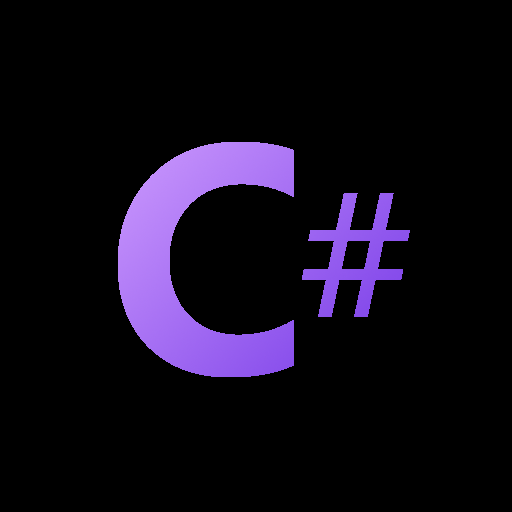Is it the word “lawyer” or spending some small amount of money?
Lawyers are bound by law and an ethical code to conduct business in a particular way. They also tend to have support infrastructure and continuity plans that private individuals do not.
If making sure something actually happens is important to you, this is the best option.





Many of the “frivolous” lawsuits you’ve actually heard about are effectively smear campaigns against the plaintiffs.
The lawsuit against MacDonald’s for the hot coffee one is a great example.
Yes, people do dumb stuff, or fantasize that a situation could be their golden ticket, but that is the cost of having a civil judicial system. You either have to allow some crazy in, or prejudge and filter out what you’d consider legitimate cases. I just don’t have the energy, or care enough to be annoyed by inefficiency in the a system that I rarely interact with.
The criminal system is a different story, because the way we currently prosecute different kinds of crimes offends my basic sense of fairness.